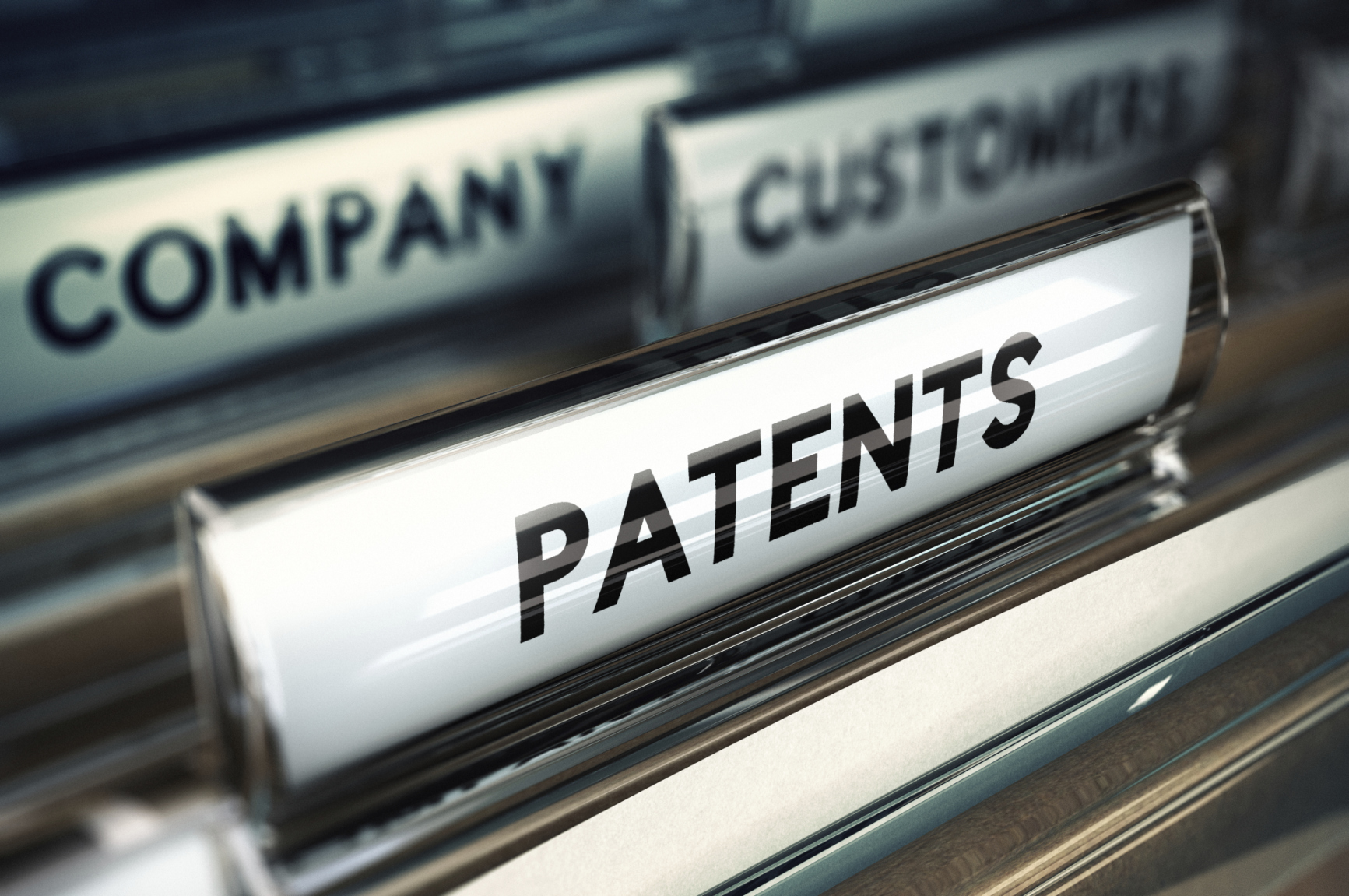
The Supreme Court upholds its concededly “incorrect” ban on post-expiration patent royalties.
In Kimble v. Marvel, the Supreme Court has upheld its 50-year-old ban on charging royalties for use of an invention after its patent has expired. In an opinion full of Spiderman references, the Court conceded last month that the ban might stand on as shaky a ground as a spider’s web. Nonetheless, the Court emphasized the ban’s virtue: it is “simplicity itself to apply.”
The ban, originally announced by the Court in 1964 in Brulotte v. Thys, had faced severe criticism from a wide range of sources, including three courts of appeals decisions, the federal antitrust agencies, the U.S. Patent and Trademark Office, and “virtually every treatise and article in the field.”
In Kimble, the Supreme Court conceded that a “broad scholarly consensus” criticizes Brulotte and that “we see no error in that shared analysis.” Nonetheless, the Court upheld Brulotte under the doctrine of stare decisis, which it defined as “the idea that today’s Court should stand by yesterday’s decisions.” In doing so, the Court all but conceded that Brulotte was wrongly decided: “stare decisis has consequence only to the extent it sustains incorrect decisions; correct judgments have no need for that principle to prop them up.”
Courts, federal agencies, and scholars have criticized Brulotte largely for its inconsistency with economics and antitrust law. Brulotte bans post-expiration royalties because they are “a projection of the patent monopoly after the patent expires.” Under the Patent Act, patents are time-limited monopolies on technology. If patent holders “exact the same terms and conditions for the period after the patents have expired as they do for the monopoly period,” Brulotte stated, then they are misusing the bargaining power provided by the patent to obtain benefits after the patent’s expiration.
Brulotte concluded that post-expiration royalties are “unlawful per se,” that is, without any exceptions. Brulotte explained that conditioning a patent license during the patent period on royalty payments for use of the invention after the patent’s expiration was analogous to tying. Tying—conditioning the sale of a product on the customer’s purchase of a second product—was per se illegal under antitrust law at the time.
But today, after significant developments in economics, tying is usually allowed. As the federal antitrust agencies—the U.S. Department of Justice and the Federal Trade Commission—explained in a 2007 report, tying is not problematic unless the seller has market power. A patent alone does not confer market power, i.e., “the ability profitably to maintain prices above, or output below, competitive levels for a significant period of time.” While a patent holder has a right to exclude others from using a particular product, there are, almost always, functionally similar products that a licensee can use instead. Accordingly, if a patent holder were to try to exact higher royalties than a competitor would charge, the buyer could simply walk away.
In fact, post-expiration royalties can promote competition, the antitrust agencies concluded. After a patent expires, the once-patented product is freely available to the public. If post-expiration royalties were allowed, a patent holder and licensee could bargain for lower royalty payments during the patent period in exchange for continuing royalties after the patent’s expiration. During the patent period, the licensee would have lower costs, enabling it to compete more vigorously with the patent holder and any other licensees. After the patent period, the licensee’s continuing costs would give new competitors a cost advantage, enabling them to compete more vigorously against the licensee.
Lower courts have therefore required a showing of market power before condemning a patent holder’s misuse of a patent to “secure an exclusive right or limited monopoly not granted by the Patent Office.” Congress has even passed an amendment to the Patent Act providing that tying does not constitute patent misuse unless the patent owner has market power.
But as lower courts cannot overrule the Supreme Court, they have been forced to apply Brulotte despite the decision’s inconsistency with economics, antitrust law, and the patent misuse doctrine. In Kimble itself, the Ninth Circuit, in the decision under review, “reluctantly” applied Brulotte, which it described as a “frequently-criticized decision” providing a “counterintuitive” rule based on an “arguably unconvincing” rationale.
In Kimble, an inventor of a Spiderman toy, which enabled a user to shoot webs of foam string, met with the president of Marvel to discuss his invention. Soon afterwards, Marvel began marketing a similar Spiderman toy, without remunerating Kimble. Kimble sued Marvel for patent infringement. The parties settled, with Marvel agreeing to purchase Kimble’s patent for, in part, a royalty on all future sales of Marvel products similar to Kimble’s toy.
The parties were unaware of Brulotte at the time of settlement, but when Marvel later learned of the decision, it sought a federal court’s declaration that it could stop paying royalties after Kimble’s patent expired. The federal court granted the relief requested, and the Ninth Circuit felt “compelled” to affirm under Brulotte. The Supreme Court then agreed to review the issue and determine whether to overrule its precedent.
The Court declined to overrule Brulotte. In this case involving superheroes, Justice Kagan explained that a “superpowered form of stare decisis” applies, such that the Court “would need a superspecial justification to warrant reversing Brulotte.” Brulotte both interpreted a statute (the Patent Act), so Congress could correct any error in the Court’s interpretation of it, and it involved property and contract law, where settled law is especially important for ordering people’s affairs.
The Court concluded that no “superspecial justification” applied. There had been no legal—only economic—developments since Brulotte to erode the basis for that decision. While economic developments were relevant to antitrust law, “Brulotte is a patent rather than an antitrust case,” and therefore “Congress is the right entity to fix it.” In other words, the logical incoherence that Brulotte causes is not the Court’s problem. In addition, Brulotte’s rule had not become unworkable, but instead was “simplicity itself to apply.”
This essay is part one of a five-part series, The Supreme Court’s Regulatory Term.




